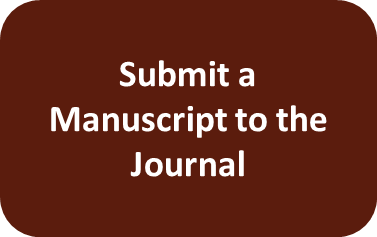Submission Policies
If you would like to submit an article to JOAR please visit http://www.editorialmanager.com/joar/ and create an author profile. The online system will guide you through the steps to upload your article for submission to the editorial office.
The journal encourages authors to submit unsolicited articles and comprehensive review essays. All academic articles should be approximately 8,000 to 10,000 words long. Comprehensive review essays should be about 5,000 words in length. An abstract of approximately 150 words must accompany each manuscript. All articles and comprehensive review essays will be peer-reviewed.
Authors interested in contributing ideas for round-table discussions should contact the editors before submitting a manuscript. Round-table comments, which are not peer-reviewed, should be approximately 1,500 to 3,000 words in length. Abstracts for such pieces should be no more than 50 words long.
Manuscripts must be submitted as a Microsoft Word document (Times New Roman font, size 12, flush left, double spaced). All manuscripts must follow the current edition of the Chicago Manual of Style and should use endnotes. Do not use in-text citations and do not include a bibliography. In order to maintain an anonymous peer-review process, manuscript files should not include the author’s name, and citations to the author’s work should be redacted.
Materials submitted to Journal of Africana Religions (JOAR) must not have been previously published nor submitted for publication elsewhere while under review by JOAR editors. All manuscripts accepted are subject to editorial modification. Questions may be sent to the editors at journal@africanareligions.org.
Illustrations
Once JOAR accepts a manuscript for publication, the author will be encouraged to provide the article with illustrations. It is the responsibility of the author to provide illustrations in a form that is suitable for publication, to obtain permissions, and to pay any permission, use, or processing fees involved with the illustrations. Each illustration must be submitted in an electronic format (e.g.,.tiff or .jpg). Images in the .jpg format must be of high quality and resolution: at least 600 dots per inch (dpi) for photos and at least 1000 dpi for line art.
Publishing Rights
All material appearing in the JOAR is copyrighted and all rights are reserved. Individuals may download and print materials appearing in JOAR for their own private educational use; otherwise, articles, essays, and all other materials in JOAR cannot be duplicated or reproduced by any means (electronic or print) without prior written authorization from the journal.
